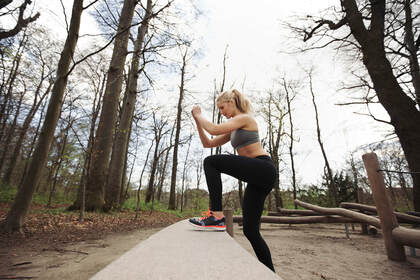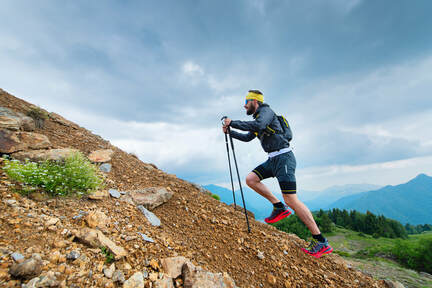|
Got a trek with some serious elevation coming up? Don't have any local mountains to train on? Not a problem! Follow this three step training plan to get you flying up those mountains! The Problem With Traditional AdviceAnd when it comes to training for elevation, I am sure you have heard the usual recommendations of "find an office block and climb the stairs repeatedly", "hit the Stairmaster for an hour" or "strengthen your legs". And sure these things can work. But like anything in the fitness world, a little bit of structure and a little bit of planning goes a long way. Any type of training you do, should follow a few simple rules:
|
AuthorRowan is a personal trainer who specialises in training for hiking, trekkers and mountaineers for their bucket list adventures. Archives
July 2024
Categories
All
|
AboutSummit Strength is a personal training for hiking service created specifically to help hikers have the best chance of a safe, enjoyable and successful adventure.
|
Company |
Services |
|
|
© COPYRIGHT 2018. ALL RIGHTS RESERVED.
|
Website Design by My Personal Trainer Website
|





 RSS Feed
RSS Feed
